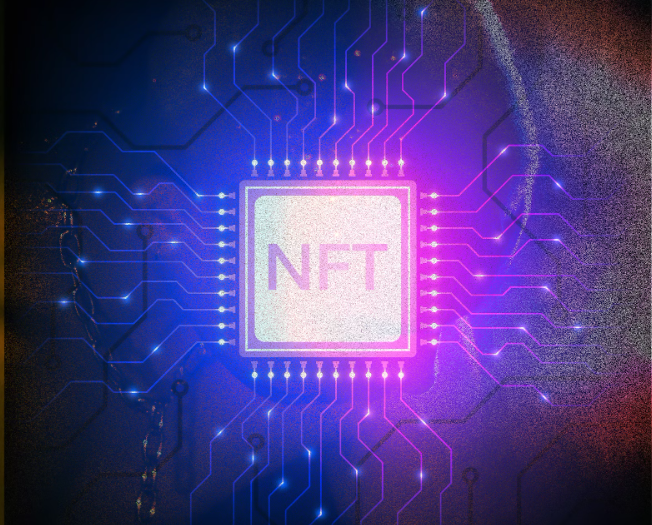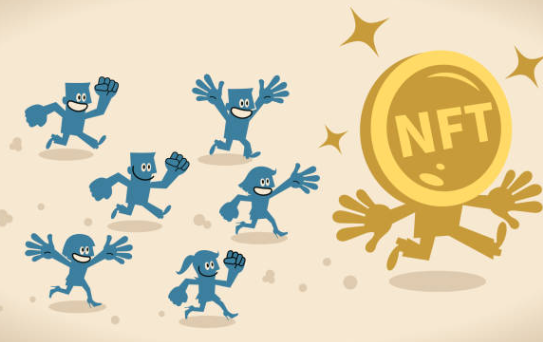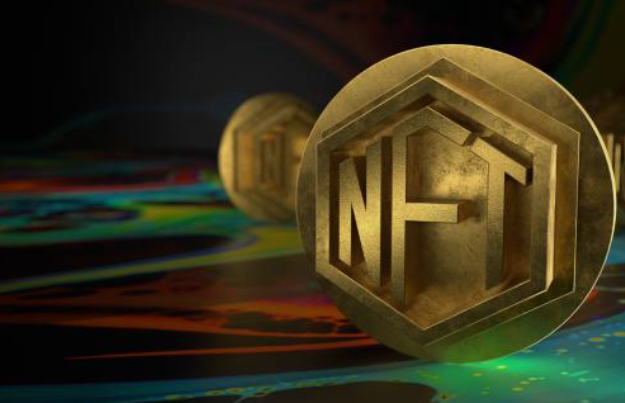An Introduction to NFTs: Understanding the Basics of Non-Fungible Tokens
Published on Sep 4, 2023Read this introductory guide to gain insights into the fundamental knowledge about the Non-Fungible Tokens.
A new economic opportunity paves the way for those who are into blockchain technology and leveraging the power of this tech trend is NFTs. NFTs, an acronym for Non-Fungible Tokens, have grabbed global attention with their unique ownership and verifiable authenticity.
Understandably, this hype about NFT means something is happening over the digital medium and so NFT is a digital asset that represents everything you can relate with in the real world into the virtual world. You can say it is a secondary thriving market for high-profile sales.
From art and collectables to virtual real estate and music, NFTs have opened up new possibilities for creators, collectors, and enthusiasts. In this article, we will explore the fundamental aspects of NFTs and shed light on their significance in the digital realm.
Table of Contents
- What is NFT?
- Fungible vs Non-fungible
- NFT vs Cryptocurrency
- How do NFTs work?
- Why is NFT so famous?
What is NFT:

Non-Fungible tokens (NFTs) are cryptographic tokens that represent unique digital assets. The focus here should be on the term Non-fungible as any digital asset created or bought over the platform cannot be exchanged for other values. If you have heard about Barter Exchange - the traditional method of exchanging things to equate value - consider NFTs the opposite of it, as the token once generated holds a provenance. That said, each NFT has a unique code which verifies its authenticity and cannot be copied or reproduced for fraudulent activities.
NFTs can be anything in digital forms, such as images, videos, music, songs, art, and avatars, and the scope is wide as it can be linked to any physical items of the real world.
Fungible v/s Non-fungible
Unlike cryptocurrencies such as Bitcoin or Ethereum, which are interchangeable, NFTs are non-fungible, meaning each token has distinct characteristics and cannot be exchanged on a like-for-like basis. The concept of non-fungibility lies at the core of NFTs. A foundation for developing, exchanging, and storing NFTs is provided by Ethereum blockchain tokens standards like ERC-721 and ERC-1155. These requirements guarantee each token's individuality and indivisibility, enabling safe ownership and transfer.

NFTs v/s Cryptocurrency
The principle of fungibility and non-fungibility is what differentiates NFTs from Cryptocurrency. NFTs are built with the same programming language as Cryptocurrency, but that’s the only similarity they share. Cryptocurrencies can be converted into fiat currencies we transact in the real world, such as dollars and euros and in other Cryptocurrencies, such as Ethereum, and Bitcoin but not NFTs. Cryptocurrencies can be exchanged, traded and easily replaced. NFTs, on the other hand, have a digital signature that is irreplaceable and traceable, making it one-of-a-kind.
How do NFTs work?
“So say, if you want to get into NFTs business, where do you begin and most importantly, how does it work?”, is what curious minds ask first when they want to know more about monetizing their business digitally. Mainly, NFTs work on the Ethereum blockchain. However, other blockchains too support NFTs. Anything, literally anything - tangible or intangible - can be sold over the blockchain technology supporting NFTs.
The person creates their art or items in digital form, and once they mint it, a unique unit id is generated, the data of which will live on a blockchain, thus allowing the user to enjoy sole ownership. Once the owner sells their art, the buyer receives a digital file. Note here that NFTs are only digital, and not physical items. It can represent a variety of digital assets, including artwork, virtual collectables, domain names, virtual real estate, music, videos, and more.
Why is NFT so famous?

NFTs enable creators to tokenize their work, granting them greater control, visibility, and monetization opportunities in the digital space. Smart contracts facilitate ownership transfers, eliminating the need for intermediaries and ensuring transparency throughout the lifecycle of an NFT. Leading marketplaces like OpenSea, Rarible, and SuperRare give artists and collectors a platform to do business, find new artwork, and partake in auctions and bidding.
It empowers artists and gives them a safe space to present and secure their artwork without fail. Buyers and sellers can connect and transact for the original artwork without worrying about duplicity. Looking ahead, NFTs have a massive potential to change digital ownership, innovation, and diverse businesses. They might affect the metaverse, virtual reality, and other domains, creating new possibilities for communication, self-expression, and immersive experiences.
